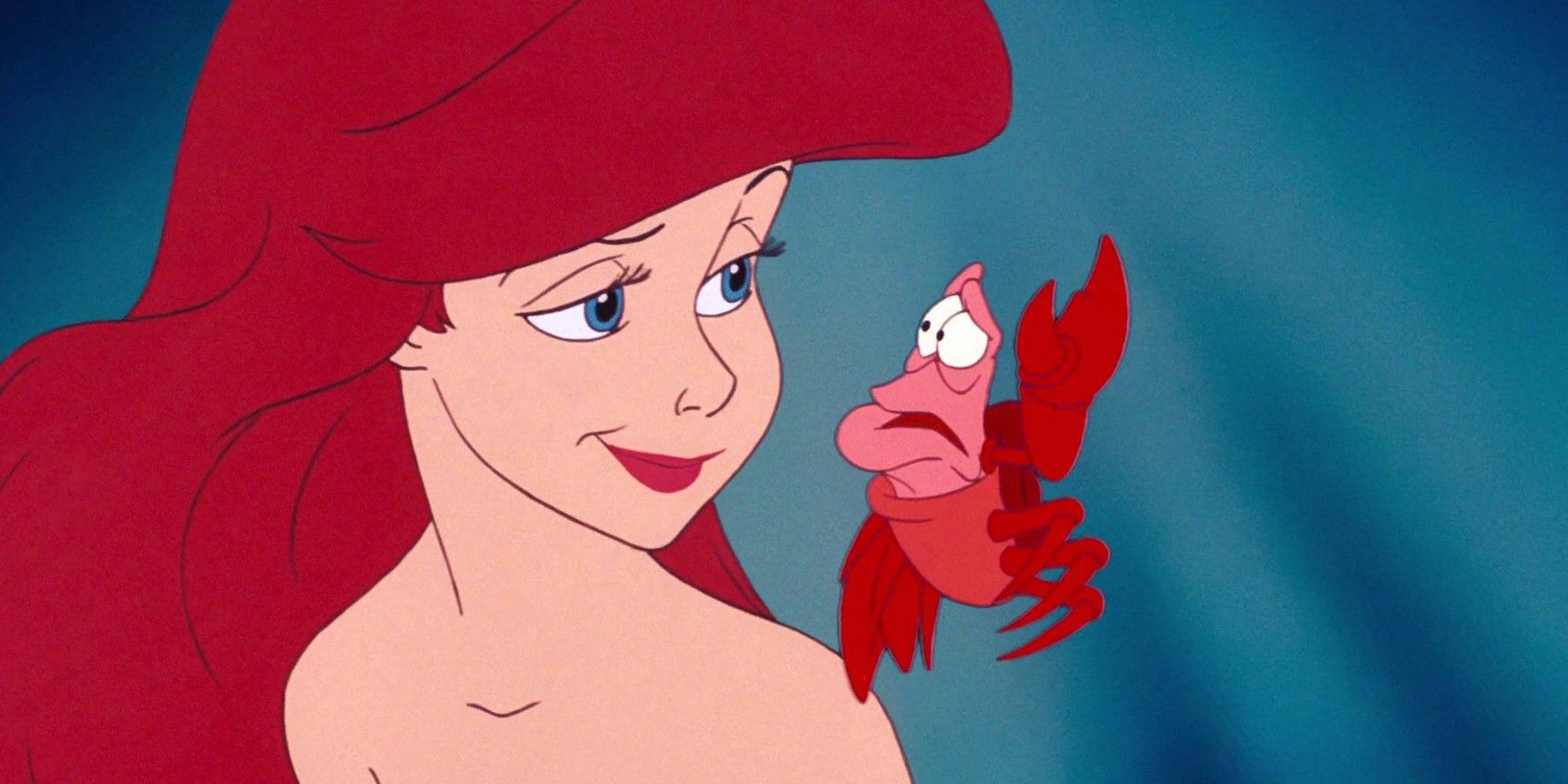Unbelievably, iconic action film Die Hard actually had an impact on changing the original ending of Disney classic The Little Mermaid. In 1988, Die Hard blew audiences away with its original characters and action sequences. The film impacted every action movie that would follow, but shockingly enough, it also impacted a popular children’s movie from the time. The 1989 release of Disney’s beloved animated classic, The Little Mermaid, marked the beginning of a run of success at the studio that hadn’t been seen since Snow White and the Seven Dwarves. In 1984, Michael Eisner and Frank Wells were brought in by Roy E. Disney to keep the family company together, and they tasked eventual Quibi founder, Jeffrey Katzenberg, with reviving the division. Against all odds, the creative team at Disney turned a struggling animation department around with a streak of films that enjoyed both critical acclaim and commercial success.
At the time, live-action films were on the rise at Disney, and animators were not well regarded, having been pushed off the studio lot to satellite offices in Glendale. Assuming the end of the animation division was looming, the artists held little esteem for their questionably qualified new chairman, who had no experience with animation. The Little Mermaid was set to be the first in an ambitious series of Disney animated movies to be released each upcoming year. Katzenberg cared only about the commercial success and wanted The Little Mermaid to revitalize Disney animated movies to make a splash at the box office. With test screenings faltering, Katzenberg, who had initially rejected the project, overwhelmed the animators with notes. Some, like suggesting they cut “A Part of Your World” have since been ridiculed, while others showed a keen understanding of what audiences at the time wanted.
Die Hard’s groundbreaking action and story structure influenced The Little Mermaid even though the two are very different on the surface. As the story goes, according to DVD commentary from directors John Musker and Ron Clements, Katzenberg had problems with the film’s final act. He’d recently seen the action movie Die Hard, which at the time was the industry’s latest darling, surpassing expectations and sustaining impressive box office numbers weeks into its release. Katzenberg told the directors he wanted a bigger ending for the film, and for it to be “more Die Hard“.

The final showdown between Ursula and the Disney princess Ariel took ten animators a year to animate. Originally, the sea witch met her demise under the sea when Ariel deflects an attack on Eric. After Katzenberg’s instruction, the scene was reworked to the one known and loved today, where Ursula grows massively in size before Prince Eric impales her with the bow of a shipwreck, and is then reunited with Ariel. The ending is undoubtedly much more cinematic and goes down as one of the great defeats of a Disney villain – to the extent that Ursula has been memorialized in shows at both Disneyland Resort in California and Walt Disney World in Florida. The sea witch also cameos in theme-park spectacles like “Fantasmic” and the Halloween-themed fireworks display, “HalloWishes.”
Jeffrey Katzenberg has often claimed credit for the revitalization of Disney’s Animated Studios. Many critics have argued the revival was in spite of and not because of the chairman. While the original ending of The Little Mermaid may not have broken the film, the Die Hard inspired one certainly adds an entertaining detail into the movie’s production.




